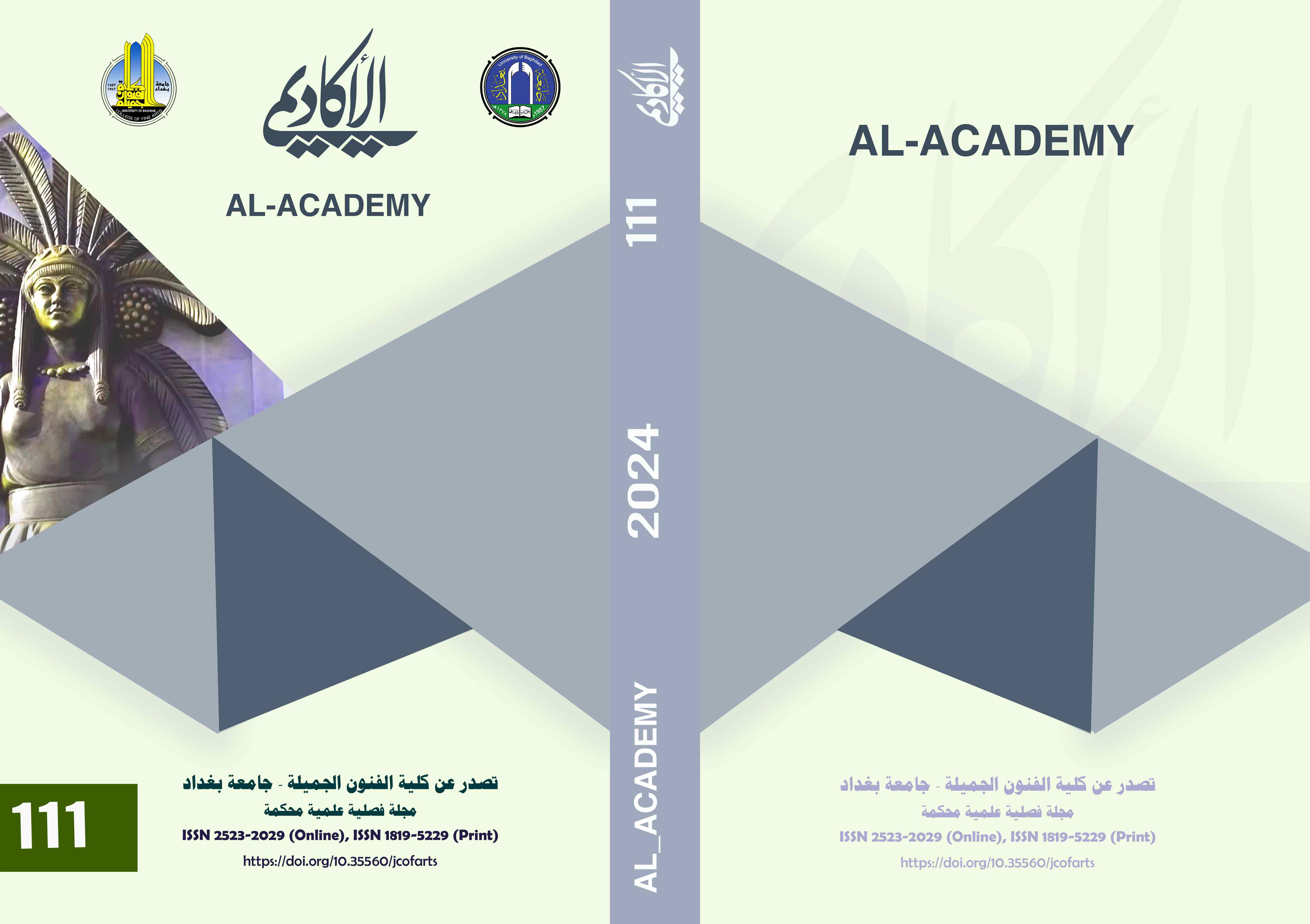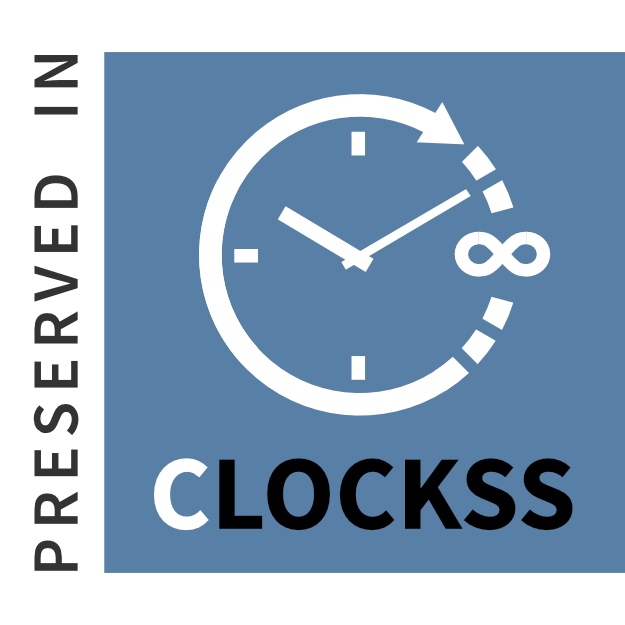Investing Random Juxtaposition Method to Generate Creative Ideas in Poster Design: An Empirical Study
DOI:
https://doi.org/10.35560/jcofarts1288Keywords:
Creative Thinking, Random Juxtaposition, Advertising Poster, Design EducationAbstract
Design is a creative field that requires creating unusual solutions. For that, many educational institutions focus on preparing a designer capable of creative thinking by unusual using teaching methods. This empirical analytical study focused on applying the Random Juxtaposition method to generate ideas and form creative solutions in the field of advertising design, to achieve the three principles of creative thinking: fluency, flexibility, and originality.
To conduct this study, an experiment was applied to a sample graphic design students. The experiment focused on combining two random words (noun + adjective). Then, finding relationships between them using a mind map. The results are: The random juxtaposition method is an effective method for generating ideas that achieve the principles of creative thinking - Mind map is contributed to obtaining endless deep ideas - Using creative methods helps break the creative block - Diversity in teaching methods creates enthusiasm within the studio and gives students new skills. This study recommends conducting further research that focus on employing the random juxtaposition method in other fields of arts and design.
References
Abdulraof, T. (2015). Mind Maps and Learning Skills: Your Way to Build Smart Ideas. Cairo: Arab Publishing Group.
Ahmad, N. (2021). Creative Thinking As an Approach to Design Innovative Units Associated with Surrealism Art. International Design Magazine. 11 (6), 189 – 198.
Alfakhri, S. (2018). Psychology of creativity. Academic Book Center.
Aljaf, S. (2022). The Effectiveness of The Similarity Strategy in Developing Creative Thinking Among Students of The Department of Art Education in The Subject of Handicrafts. Journal of the College of Basic Education. 28 (114), 250 – 272.
Alsabag, A. & Alshahi, J. (2018). Brainstorming Techniques and Their Impact on Addressing Obstacles to Creative Thinking. Journal of Police Thought. 27 (107), 19 – 56.
Balakrishnan, B. (2021). Exploring The Impact of Design Thinking Tool Among Design Undergraduates: A Study on Creative Skills and Motivation to Think Creatively. International Journal of Technology and Design Education, 32(3), 1799–1812.
Behansi, A. (2019). The Art of Advertising: Managing Influence and Appeal. Egypt: Book World.
Craft, A. (2001). An Analysis of Research and Literature on Creativity in Education. Qualifications and Curriculum Authority.
Doyle, A. (2018), Creative Thinking Definition, Skills, and Examples.
Eldin, D. (2019). Mind Map and Their Role in Developing Creative Thinking: Case Study Arts & Designs Students. 17, 169 – 192.
Gafour, O. & Gafour, W. (2020). Creative Thinking Skills – A Review Article. Research Gate Publication.
Hargrove, R. (2008). Creating Creativity in The Design Studio: Assessing The Impact of Metacognitive Skill Development on Creative Abilities.
Henriksen, D., Richardson, C., & Mehta, R. (2017). Design Thinking: A Creative Approach to Educational Problems of Practice. Thinking Skills and Creativity. 26, 140–153.
Jrwan, F. (2013). Creativity: Concept, Criteria, Components. Oman: Dar Al-Fikr Publishers and Distributors.
Khasawneh, F. (2015). Creative Thinking Process in Design. 42(1). 1217-1227.
Kilicaslan, H. & Ziyrek, B. (2012). A Research about Creativity in Design Education. 46, 1461-1464
Kittelstad, K. (2020). Juxtaposition Examples and Definition Explained. Article.
Koestler, A. (1964). Creativity: The Juxtaposition and Integration of Disparate Categories: The Act of Creation. 147(3653), 37-38
Lucero, A., Daisgard, P., Halskov, K., & Buur, J. (2016). Designing with Cards. Springer International Publishing. 75-95.
Mahmood, J. (2020). Activating The SCAMPER Method to Develop Creative Thinking in Industrial Design. Journal of Applied Arts and Sciences. 7 (4), 143 – 162.
Mulet, E., Royo, M., Chulvi, V., & Galán, J. (2017). Relationship Between The Degree of Creativity and The Quality of Design Outcomes. DYNA. 84(200), 38–45.
Ni, C., Lo, F., Lyu, Y., & Lin, R. (2022). Collaborative Creativity in Design Education: A Case Study of The Design Sketch Course. Creative Education. 13(05), 1600–1615.
Sarkar, P., & Chakrabarti, A. (2011). Assessing Design Creativity. Design Studies. 32(4), 348–383.
Schweitzer, C. (2016). Juxtaposition or “The Power of Two”: A Tribute to Donald Capps in Conversation with Oliver Sacks. Postoral Psychology. 65, p835-848.
Wise, & Ferrara (2015). Creativity and Education: Comparing the National Curricula of
the States of the European Union and the United Kingdom. British Educational Research Journal. 41, 30-47.
Downloads
Published
Issue
Section
License
Copyright (c) 2024 Shuruq G Nahhas

This work is licensed under a Creative Commons Attribution 4.0 International License.













